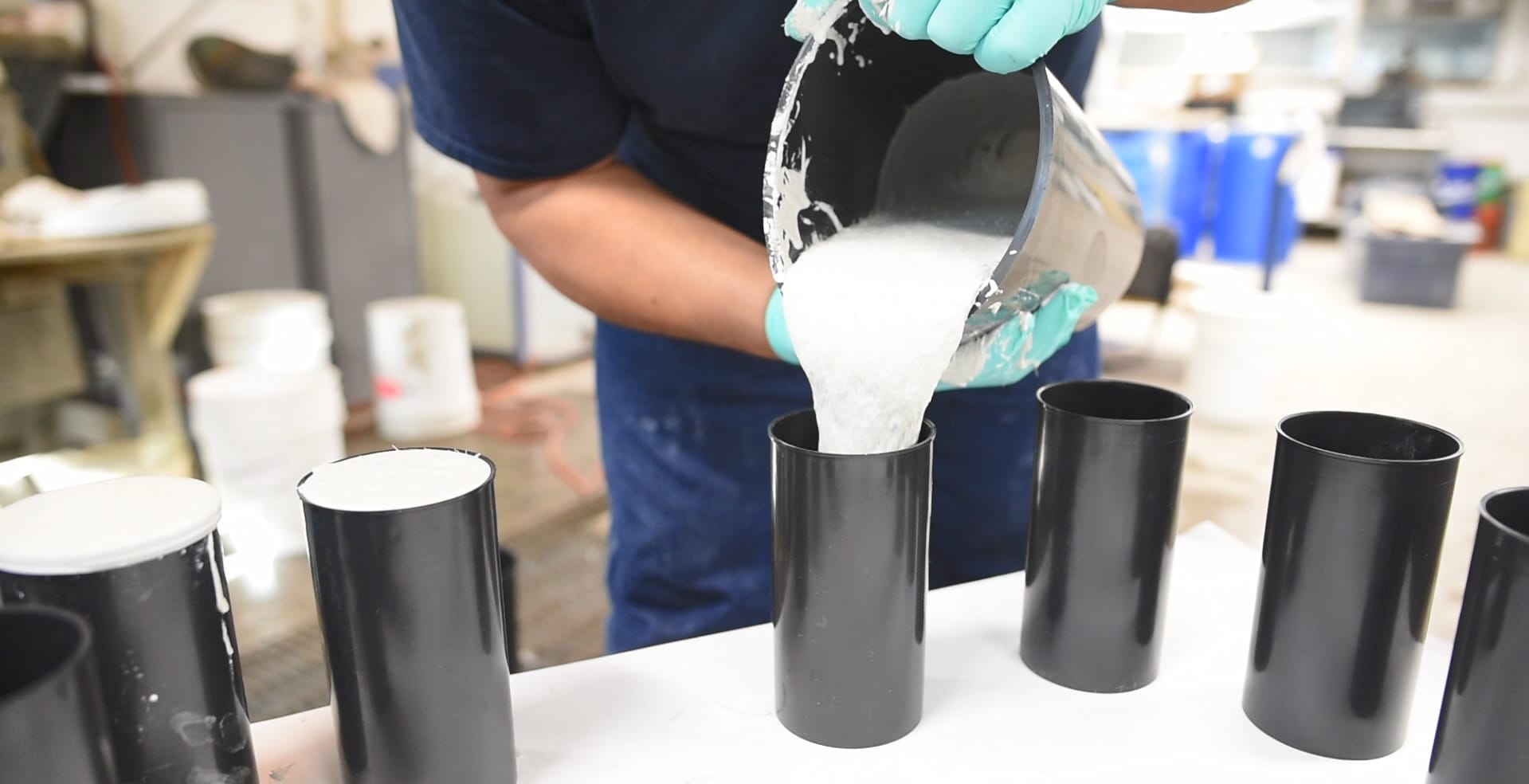
Resources
Ultra-High Performance Concrete: Your Questions Answered
How this emerging product is becoming the material of choice in repair and retrofit applications.
> Read the Story
Decarbonizing Construction: Cement and Concrete Initiatives Poised to Make an Impact in 2024 and Beyond
By David Corr, Ph.D., P.E. and Pavan Vaddey, Ph.D., P.E. The world of construction is constantly evolving, driven by ever-growing environmental imperatives to build more efficiently, smarter, and stronger. In this transformative industry landscape, innovation rules the day when it comes to advancing the performance of building materials to meet the enormous challenges of a […]
> Learn More

Harvested Ash: Assessing Coal Combustion Waste Products for Producing Low-Carbon Concrete
By Sundar Chithiraputhiran The significant lifespan, durability, strength, and cost advantages of concrete make it the world’s most widely used material for constructing our buildings, roads, bridges, and other vital infrastructure. Unfortunately, paired with all the attributes of this essential building material comes a high carbon footprint. In fact, making concrete’s key ingredient—ordinary Portland cement […]
> Learn More

Landfill to Concrete: Test Methods for Coal Ash Harvesting and Beneficial Reuse
By Jaclyn Ferraro There’s no lack of awareness that challenges exist in the energy sector today. For the built environment, and concrete specifically, these challenges represent promising opportunity. Opportunity for the concrete industry to overcome challenges of its own, while providing added value to the energy sector. Along with increasing pressure to decommission coal-fired power […]
> Learn More

Moisture Mitigation Product Testing: ASTM F3010-18
Excessive moisture infiltration poses significant challenges in the building materials industry. Structural damage, mold growth, compromised insulation efficiency, condensation problems, and moisture-related health issues are problems that not only impact the performance and durability of structures but also jeopardize the safety and well-being of occupants. ASTM F3010-18 Standard Practice for Two-Component Resin Based Membrane-forming Moisture […]
> Learn More

Concrete Moisture-Related Flooring Failures: Causes and Prevention
By Dean Adams Every year, in North America alone, commercial property owners spend an estimated $2.4 billion on remediation of structures and floor coverings due to moisture-related failures. Excessive moisture in concrete slabs is not only the most commonly recurring flooring problem in all types of commercial, industrial, and residential buildings—it is the most expensive. […]
> Learn More

Type IL Cement: Current State and Future Research Opportunities
By Boyd Clark, Ph.D. The cement industry is undergoing a major transition to lower its carbon footprint to align with stakeholder 2030 and 2050 climate-action goals. According to the World Green Building Council, concrete can represent 50% or more of the global warming potential (GWP) of a building. Additionally, it can be responsible for as […]
> Learn More

Ultra-High Performance Concrete: Your Questions Answered
How this emerging product is becoming the material of choice in repair and retrofit applications.
> Learn More

After the Fire: How Laboratory Testing Can Ensure a More Efficient Path to Recovery
When fire strikes, understanding the extent of damage as quickly as possible is critical. By Jaclyn Ferraro and Simonida Grubjesic, Ph.D. When fire impacts a structure, concrete may be the only component that’s left standing. To understand the extent of the damage, the structural engineer’s upfront involvement plays a critical role in determining the integrity […]
> Learn More



